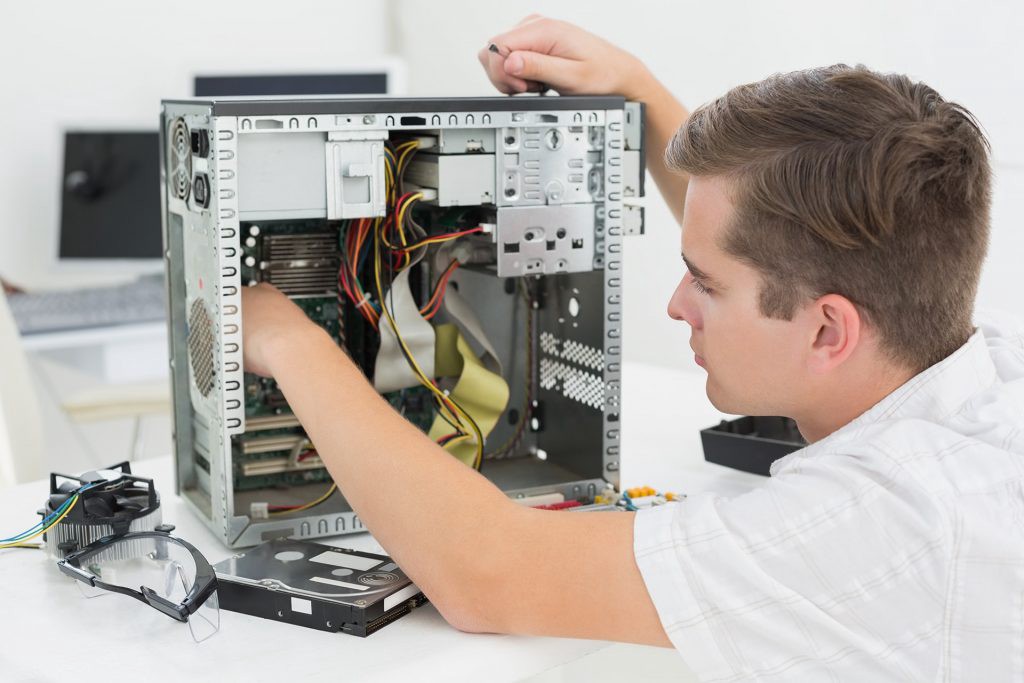
This website cannot be started, says the error. The same port might be being used by this website or another website.
Overview
When you can’t access the GFI Archiver online interface, this article explains how to fix the problem. The error message “this Website cannot be started” appears when you attempt to launch the GFI Archiver-hosted website via Internet Information Services (IIS) Manager. The same port might be being used by another website.
Environment
- GFI Archiver
- every environment that is supported
Determined by
Due to a conflicting port, the website hosting GFI Archiver cannot be launched.
Resolution
Use the netstat -no command at the command prompt to find out what application shares the same port as the website that hosts GFI Archiver.
One of the following should be done:
Change the port that the other software is using.
By following the procedures below, you can change the port that the website that hosts GFI Archiver uses:
- IIS services’ TCP port should be changed.
- Install GFI Archiver once more.
By following the steps below, you can create a new website to host GFI Archiver on a different port:
- Build a website (IIS 7)
- Reinstall GFI Archiver and choose a different website when prompted.

This website may damage your computer, warning
When we believe the site you’re about to visit could allow applications to install harmful software on your computer, the notice “This site may harm your computer” will appear beneath the URL.
What occurs when you go to the website?
Malicious software can prevent unwelcome applications from stealing credit card data and passwords, slowing down your computer, or altering search results. We advise against visiting the website until this notice is removed from the search results.
Remove the message from your site.
Before the website’s webmaster takes action, the “This site may harm your computer” notice won’t be taken down.
If the warning appears on your website, try these fixes to resolve the problem:
- Sign up for Google’s Search Console and validate your website there.
- Check the “Security Issues” area of the Search Console after logging in to obtain information about examples of URLs that may be compromised. Fix the security flaw that made it possible for malware to penetrate your website. If you don’t, your website can get infected again.
- Read resources for hacked sites for comprehensive instructions on how to repair your website.
- When your entire website is safe and secure, submit a review request in the Security Issues section of the Search Console. The “This site may harm your computer” warning will be removed once we’ve determined that your site has been rectified.






